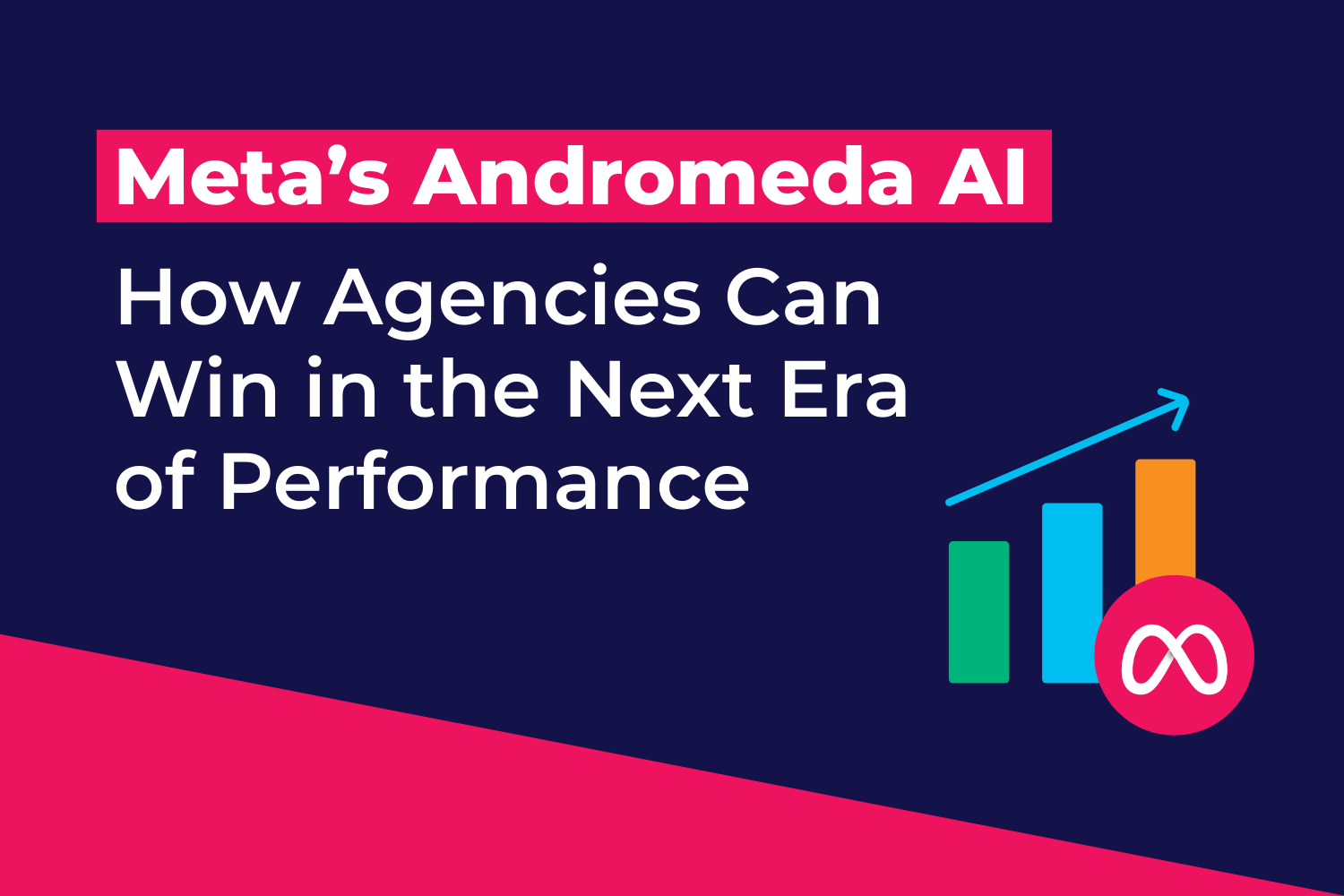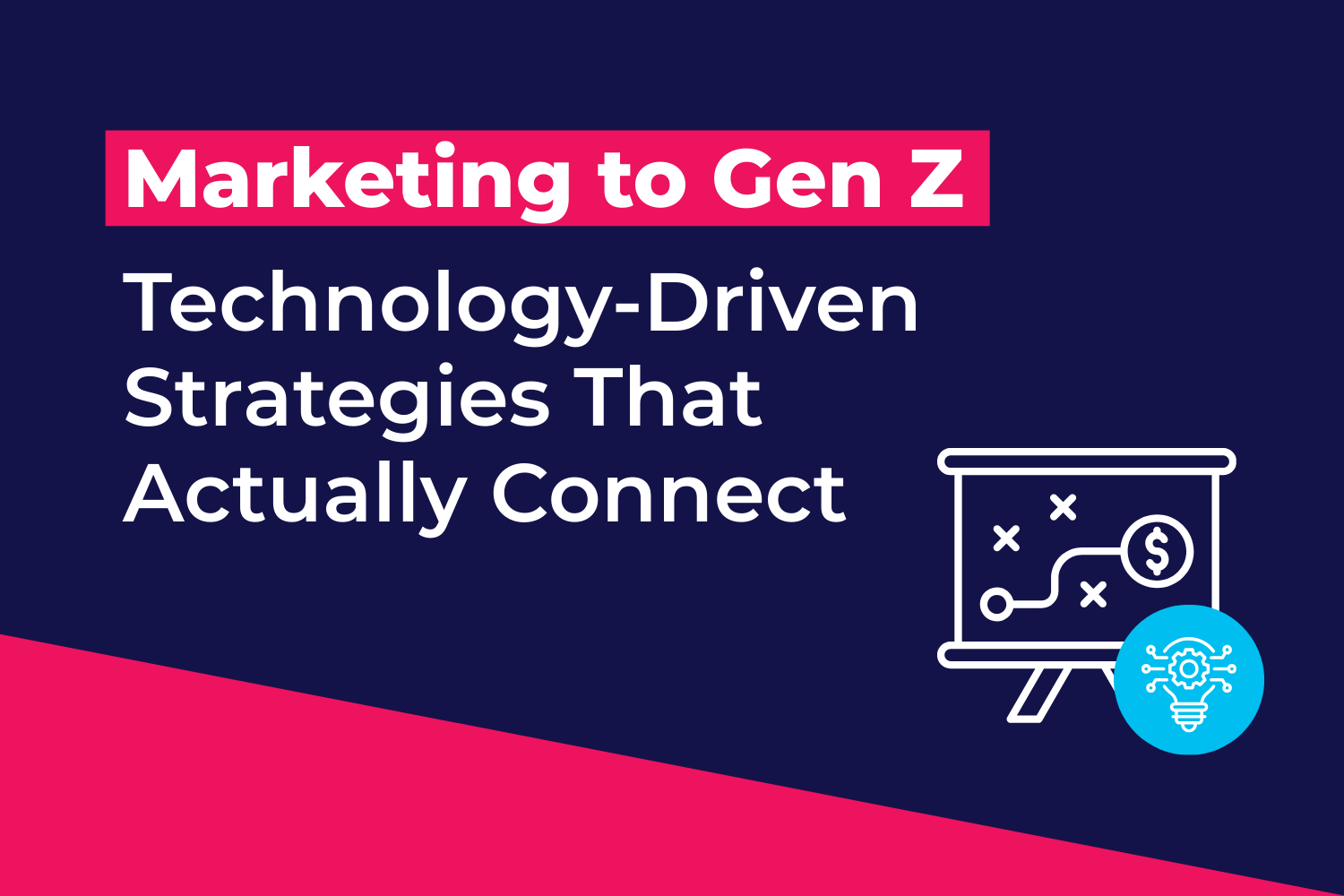Contextual Marketing: What It Is + How It Works with Examples
| Pathlabs Marketing |
| May 5, 2023 |
Have you ever been browsing a website and then clicked on a few links, only to be bombarded with an ad related to the website you originally started on? This happens because your browser is tracking search history and cookie data, which can make some users uncomfortable and annoyed, especially if the ad has no connection to their current webpage.
Contextual marketing was created to address this issue. Contextual marketing is an advertising method that helps eliminate irrelevant ads and heavy data tracking. Contextual marketing considers the user's context and displays relevant ads.
In this article, we will cover the benefits of contextual marketing and provide information on how to get started using it in your advertising campaigns.
What is Contextual Marketing?
Contextual Marketing Definition
Contextual marketing is an advertising method that places ads in environments (contexts) where users are more likely to engage and convert. Marketers use contextual marketing to ensure that their ad content is relevant to the user's position in the customer journey and that its placement aligns with the target user's setting and timing.
With the phasing out of third-party cookies, marketers are also using contextual marketing via programmatic platforms, which analyze web page text and content and field relevant ads based on the themes and topics of the page.
“Contextual marketing is about getting ads in front of people who have already identified interest in a topic, utilizing inventory that is a natural fit for the ad content. For example, if we were promoting a luxury hotel brand, a website counting down the best beaches would be a natural fit.”
The Role of Context in Marketing
Context plays a significant role in marketing. Marketers have limited ad spend and time, and users want to see marketing content that is relevant to them. This is where contextual marketing comes in - it helps marketers select the best locations, times of day, and content to reach users. By tailoring ads to users' interests and needs and placing them in appropriate contexts, users see relevant ads in environments that resonate with them.
In summary, contextual marketing brings together the needs of both marketers and users by focusing on context and user circumstances to create a more personalized and effective marketing experience.
Types of Context
Context refers to the overall circumstances surrounding the user and plays a crucial role in advertising. When considering context, marketers may focus on the web pages and content users view, their interests, needs, and occupations, as well as when seeking specific opportunities.
By taking advantage of these multiple circumstances and placing relevant content in appropriate contexts, marketers can increase the likelihood of user engagement. It makes sense to use contextual marketing because if, for example, a team is marketing fly fishing gear, placing ads on a women's makeup website in December wouldn't make sense. It's not the proper context or time.
Marketers need to consider what content they are putting out and where and when it will be best for users to engage with it. By doing so, they can effectively target their audience and create a more personalized and effective marketing experience.
How Does Contextual Marketing Work?
Advertisers use contextual marketing in two ways: a general strategy or through programmatic methods.
General Strategy
In the general strategy, marketers can apply the concept of contextual marketing to any media content they use. They should first identify their ideal audience persona and the contexts in which they may find themselves. This includes considering what keywords or terms they may search, common themes of the web pages they visit, and the best times of day, week, or year to reach them. Based on this information, the marketer selects the top locations and contexts for placing their marketing content.
Programmatic Application
Contextual marketing also has an application in programmatic advertising. Platforms like Google AdSense, GumGum, StackAdapt, and IBM Advertising Accelerator have contextual capabilities that allow publishers to connect their web pages to these platforms.
When users visit the publisher's webpage, the platform serves an ad based on the page topic category. The platforms analyze the webpage's text, keywords, and content and categorize it accordingly. For example, suppose the platform identifies the webpage as having a sports, home and lifestyle, insurance, or other focus. In that case, it will try to place a relevant advertisement that fits the content. This could be an ad for glasses on an optometrist's website, dog food on the American Kennel Club website, or hotels on a travel website.
Pit Stop: Behavioral Targeting vs. Contextual Marketing
It's essential to understand the distinction between contextual marketing and behavioral targeting. While both use programmatic platforms, they differ in their approach. Behavioral targeting focuses on serving ads to individual users based on their behavior, typically using third-party cookie data.
“Behavioral targeting can be determined by a user’s behavior that takes place offline or online. An example of offline behavior would consist of locations visited in person, and an online behavior example could be made up of online transactions or frequently visited websites.”
On the other hand, contextual marketing places ads based on the content of the location where they are displayed. While the ad campaigns may use some zero and first-party data via programmatic platforms, the emphasis is primarily on the content rather than the behavior of individual users.
For example, an ad for a marketing course might appear on the Grammy’s website, even though it has little to do with the Grammys. If the user searched for marketing course-related topics before visiting the website, we could rule out the ad as behaviorally targeted.
Examples of Contextual Marketing
Contextual marketing can be applied in various ways. Here are a few examples:
Email Marketing
Email marketing can be a powerful tool for contextual marketing. By sending email notifications at the right times, marketers can prompt users to take quick action. For instance, the contextual email ad shown below reminds companies of new awards they can apply for, helping them stay on top of deadlines and stay engaged with the brand.
Display
Kayak includes an ad for Hertz because it assumes that given users are already looking for hotels and flights, they will also need a rental car too.
Search
When people are browsing the internet for ways to practice and connect with language teachers, Babbel has found an opportunity to apply contextual marketing. By bidding on keywords related to language learning, specifically Spanish, Babbel ensures that their ads appear in the search results of people who are interested in these topics. This way, Babbel is able to promote its language learning services to a relevant audience who is actively searching for these types of resources.
Audio
This radio show on Spotify, El Bueno, la Mala, y el Feo, includes ads for McDonlald’s breakfast because it is likely that those driving to work in the morning are listening to this audio and need breakfast.
Extensions & Apps
Grammarly allows users to add their extension to Google Docs, allowing users to edit and correct their written content. For those who aren't premium members, Grammarly limits all of the suggestions, saying there are many more that it can provide if the premium is purchased. This is relevant because it targets users immediately, editing their writing and wanting it to be "premium worthy."
Advantages of Contextual Marketing
Improved Customer Experience
Contextual marketing can improve the customer experience by ensuring that ads are displayed in relevant contexts. It prevents users from seeing irrelevant ads that may follow them from one website to another based on their data. The strategy involves finding the appropriate web pages and locations to place marketing content and ensuring they are tailored to the customer's interests and needs at that moment. By doing this, contextual marketing helps to keep the user engaged and interested in the advertised product or service.
“The advantages of contextual marketing are that we provide relevant ads to users with demonstrated interest, and the ads appear in a more natural environment. This provides a person with a more user-friendly experience because they are receiving ads that are relevant to them, their interests, and their needs.”
Specialized Content
Along these lines, marketers can get fancy with how they specialize and target their contextual content. As seen in one of the examples above, Our website for Pathlabs places different content based on what web page a user is on. In other words, we specialize our content to align with where users are in their customer journey.
Higher ROI
According to Spice Works, 79 percent of users prefer contextual marketing content over behavior and data-targeted advertisements. This means that investing in contextual marketing will reap results.
Increased Click-Through Rate
Along the same lines, with more users preferring contextual marketing over shady data-based methods, they are more apt to click on the ad or content, especially if it pertains to them!
Challenges of Contextual Marketing
Contextual marketing faces challenges in terms of effectiveness compared to alternative methods that rely heavily on cookies and tracking data. While campaigns use zero and first-party data in contextual ads, the primary focus is placing the ad content in the appropriate location at the right time. However, identifying these contexts can be challenging and requires significant fine-tuning and optimization.
Moreover, contextual advertising in the technological and programmatic world is still relatively new, and there is still much to figure out. However, we are confident that more effective iterations of contextual advertising are on the horizon.
“The challenges with contextual marketing can be relying on probabilistic instead of deterministic data. If we are relying on browsing history, there is always a chance we are using household targeting rather than individual if devices are shared, which could result in folks receiving irrelevant ads.”
Best Practices for Contextual Marketing
It is essential to follow certain best practices to ensure effective contextual marketing. Firstly, understanding the audience persona is crucial - who they are, their interests, and where they engage and browse online. This will help identify suitable points to insert tailored content. Although third-party cookie data is limited, utilizing any available zero or first-party data from surveys and webpage tracking can be helpful.
It is crucial to remember that this process can be challenging, requiring fine-tuning and optimization. Marketers may need to adjust their input settings or try different locations for better engagement. Starting slowly and being patient is advised, rather than investing heavily upfront.
Lastly, attribution is critical. With third-party cookies' absence, tracking and analyzing user behavior is vital to identify successful contextual placements. Marketers can fine-tune their strategy and optimize their efforts by understanding which steps lead to conversion.
In Conclusion…
In conclusion, contextual advertising is a valuable tool for digital marketers seeking to engage with their target audience meaningfully. By leveraging contextual cues to deliver relevant content at the right time and place, marketers can avoid the annoyance and ineffectiveness of irrelevant advertising. With the decline of third-party cookies and increased concerns over data privacy, contextual marketing is becoming even more critical for reaching and engaging with customers in a way that respects their preferences and behaviors.
While contextual advertising has some challenges, such as finding the proper context and optimizing placements, digital marketers can overcome these hurdles by focusing on audience personas, being patient, and tracking attribution. By integrating contextual advertising into a larger marketing strategy, marketers can achieve broad reach and targeted relevance, driving engagement and conversions. With the wide range of channels available for delivering contextual ads, such as audio,display, native, video, and email, digital marketers have plenty of opportunities to get creative and deliver impactful campaigns.




















